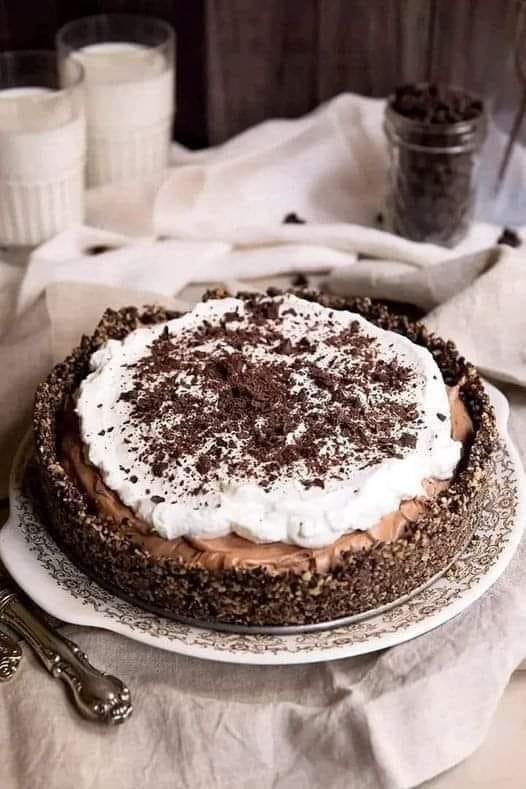Introduction:
Castella cake, or Kasutera (カステラ), is a traditional Japanese sponge cake known for its delicate texture and subtle sweetness. Originating from Portugal and introduced to Japan in the 16th century by Portuguese missionaries, Castella has become a beloved treat in Japanese cuisine. Made with just a few simple ingredients, this cake is characterized by its moist, fine crumb and a beautiful golden brown top. Often enjoyed with tea, Castella cake is a perfect example of how simplicity can yield exquisite results.
**Step 8: Serve**
1. The next day, unwrap the cake and slice it into even pieces using a sharp knife. Trim the edges for a neater presentation if desired.
2. Serve the Castella cake plain or with a light dusting of powdered sugar.
**Flavor Profile:**
Castella cake is known for its delicate balance of sweetness and its moist, tender crumb. The honey adds a subtle floral note, while the eggs provide a rich, custard-like flavor. The cake’s fine texture and light, airy consistency make it a pleasure to eat, whether enjoyed on its own or paired with a cup of green tea or coffee.
**Nutritional Benefits:**
While Castella cake is a treat, it is relatively low in fat compared to other cakes, as it does not contain butter or oil. The use of eggs provides a source of protein, and the honey offers a natural sweetness. Enjoying a small slice of Castella cake can be a delightful way to satisfy your sweet tooth without overindulging.
**Conclusion:**
Castella cake is a delightful example of Japanese confectionery that highlights the beauty of simplicity. With its tender texture, subtle sweetness, and rich cultural history, this cake is a wonderful addition to any dessert repertoire. Whether you’re making it for a special occasion or simply to enjoy with a cup of tea, Castella cake is sure to impress with its elegant taste and refined presentation. Experience the charm of this traditional Japanese treat and savor the delicate flavors and textures it brings to your table.
Ingredients:
- 4 medium eggs, at room temperature
- 110g of sugar
- 2-3 tablespoons of honey
- 100g of strong flour
Preparation:
1. In a metal bowl, break the eggs, add the sugar and beat with an electric mixer over boiling water on high speed for 6 minutes. The volume of beaten eggs will increase by about 4 times.
2. Add the honey to the egg mixture and beat on medium speed for about 30 seconds.
3. Sift 1/3 of the flour into the mixture, then lightly beat on medium speed, then add another 1/3 of the flour and beat. Add the last 1/3 of the flour and beat until blended, about 1 minute. Do not over mix as this will cause the cake to fall over or go flat.
4. Put parchment paper in a mold and pour the dough into the mold. With a skewer, draw a zigzag line to remove any large air bubbles from the dough. In this way, the cake will have a uniform texture.
5. Bake at 180°C in a preheated oven for 10-15 minutes until the top is deep brown. Then quickly cover with kitchen paper, lower the temperature to 170°C and continue baking. It will take about 55 minutes in total. Try a skewer, when it comes out clean the cake is done.
6. When done, remove the cake from the pan and immediately cover the surface with plastic wrap.
7. Turn the cake onto a flat plate and while it is hot put it in a plastic bag and leave it for 12 hours so that the cake has a moist texture.
8. Before serving, cut the sides of the cake. Accompany with tea or coffee and a spoonful of Chantilly cream for a greater decadence.

